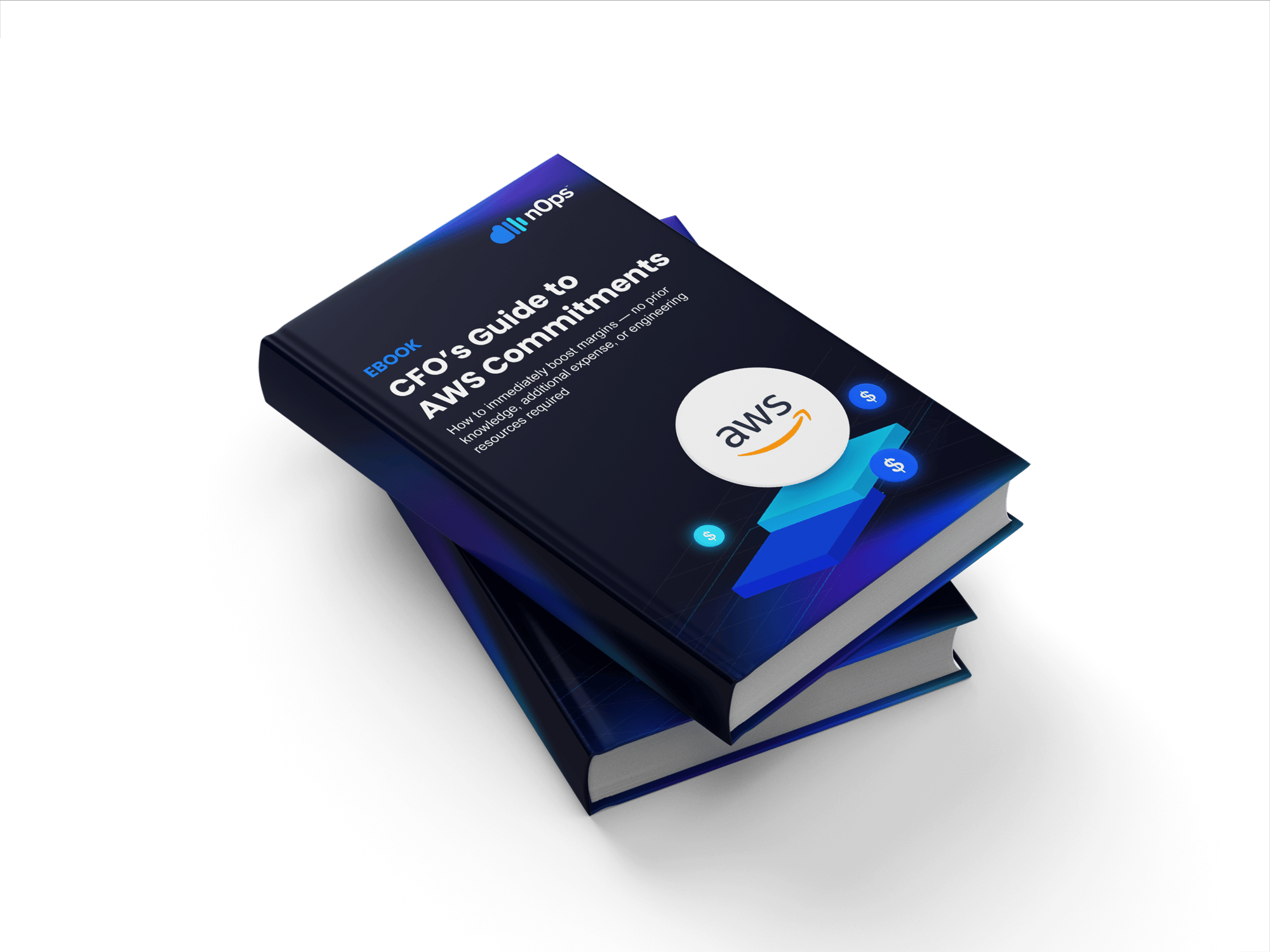AWS (Amazon Web Services) S3 (Simple Storage Service) is a highly scalable, flexible, accessible storage service that stores data as objects within buckets. It provides object-level storage for user data, unlike traditional file storage.
Common S3 use cases include data backups and restoration, archival data, mobile and web apps, enterprise apps, IoT (Internet of Things) devices, and more. You can transfer data stored in S3 over the internet, which makes it easier for developers to upload and automate backups.
S3 Buckets and Objects Explained
AWS S3 stores data files in the form of objects that stay within buckets. These objects can be documents, videos, photos, etc.
When creating buckets, you can choose to store them in an AWS region closest to you geographically, reducing latency and minimizing costs. Objects stored in a bucket remain there unless deleted or transferred.
S3 objects have numerous metadata, i.e., object name, size, and data. Each bucket can contain up to 100 objects at a time. However, there can be as many buckets in the AWS account as possible.
How Much Does AWS S3 Cost?
AWS S3 costs depending on your usage and a variety of factors such as volume of data, rate of access, retrieval speed, storage class, storage period, and more. There is no minimum charges, you only pay for what you use.
AWS S3 costs vary across regions. Data transfer between Amazon S3 and EC2 within the same region does not incur any costs. However, data transfer from one region to the other incurs costs.
Features of AWS S3 Storage
Amazon S3 allows AWS users to exercise control when it comes to accessibility, scaling, and flexibility. Some of the top S3 features include:
- Amazon S3 Standard– default storage class for frequently used data
- Amazon S3 Standard Infrequent Access– for less frequently accessed data
- Amazon Glacier– for long term archival data
- AWS Glacier Deep Archive– for storing data backup and archival data for compliance purposes
- One Zone-IA Storage Class– for storing data in only one availability zone
- Amazon S3 Intelligent Tiering– Special storage class that selects other storage classes automatically
Each of these storage classes has unique pricing, depending on the volumes of data stored.
Versioning
Storage Monitoring
You can monitor S3 data seamlessly through various AWS services. You can either use AWS CloudTrail to track object-level activities through logs or Amazon CloudWatch to set billing alerts. You can also apply tags to S3 buckets to allocate costs or manage access.
How Does AWS S3 Protect Data?
The Bottom Line
Whether you’re looking to optimize just your S3 costs or your entire cloud bill, nOps can help. It gives you complete cost visibility and intelligence across your entire AWS infrastructure. Analyze S3 costs by product, feature, team, deployment, environment, or any other dimension.
If your AWS bill is a big mystery, you’re not alone. nOps makes it easy to understand and allocate 100% of your AWS bill, even fixing mistagged and untagged resources for you.
nOps also offers a suite of ML-powered cost optimization features that help cloud users reduce their costs by up to 50% on autopilot, including:
Compute Copilot: automatically selects the optimal compute resource at the most cost-effective price in real time for you — also makes it easy to save with Spot discounts
Commitment Management: automatic life-cycle management of your EC2/RDS/EKS commitments with risk-free guarantee
Essentials: set of easy-apply cloud optimization features including EC2 and ASG rightsizing, resource scheduling, idle instance removal, storage optimization, and gp2 to gp3 migration
nOps processes over 2 billion dollars in cloud spend and was recently named #1 in G2’s cloud cost management category.
You can book a demo to find out how nOps can help you start saving today.





